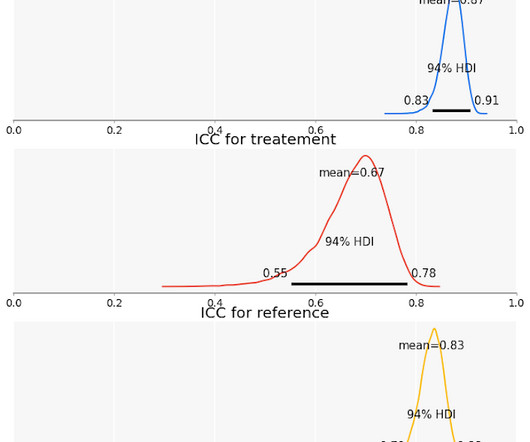Move Beyond Excel, PowerPoint And Static Business Reporting with Powerful Interactive Dashboards
datapine
OCTOBER 14, 2020
The point of such dashboards is not to simplify the working environment and analysis processes since there are massive volumes of data collected on a daily level, and companies need solutions that will bring them to the right answer at the right time.














Let's personalize your content